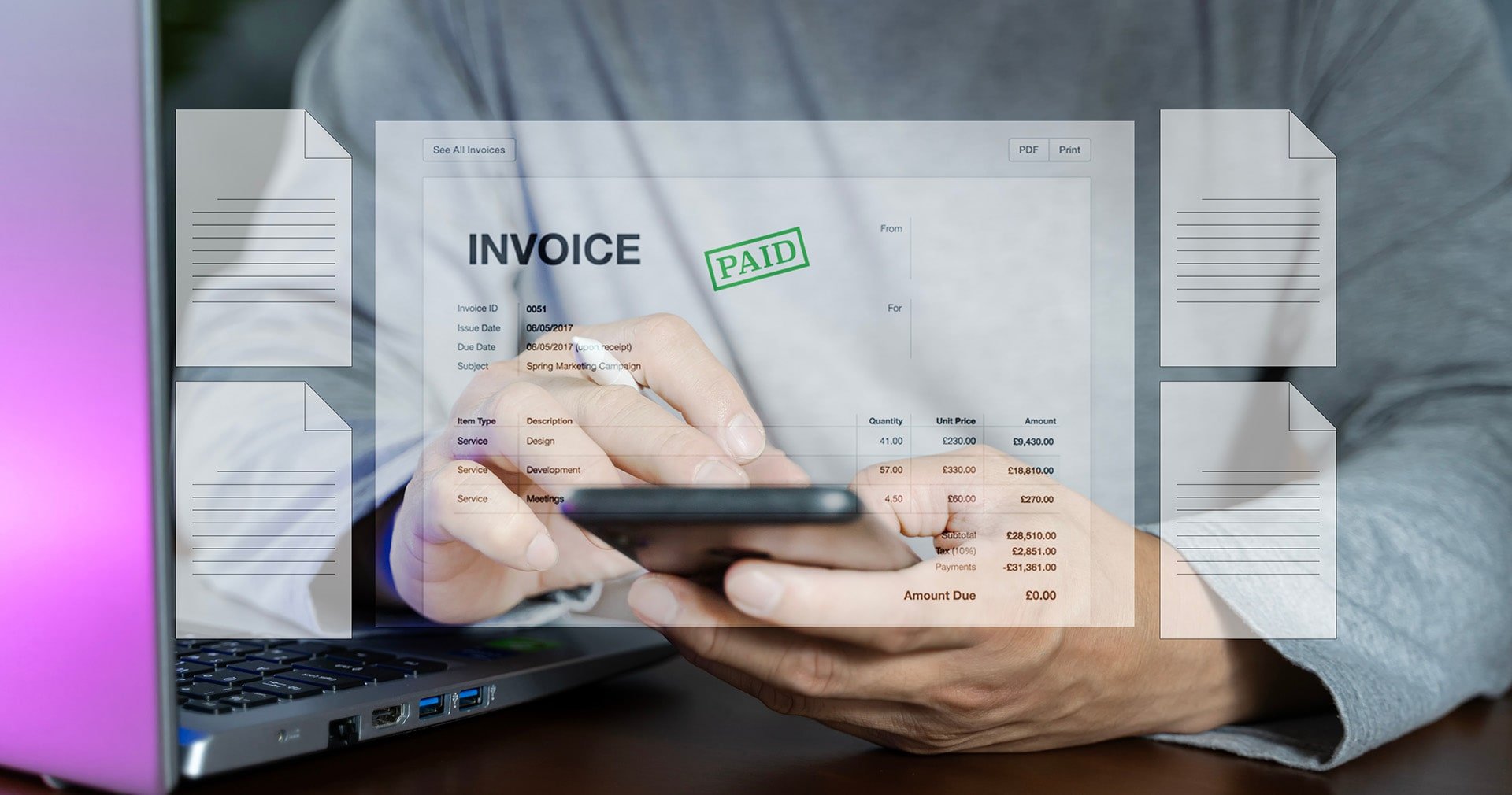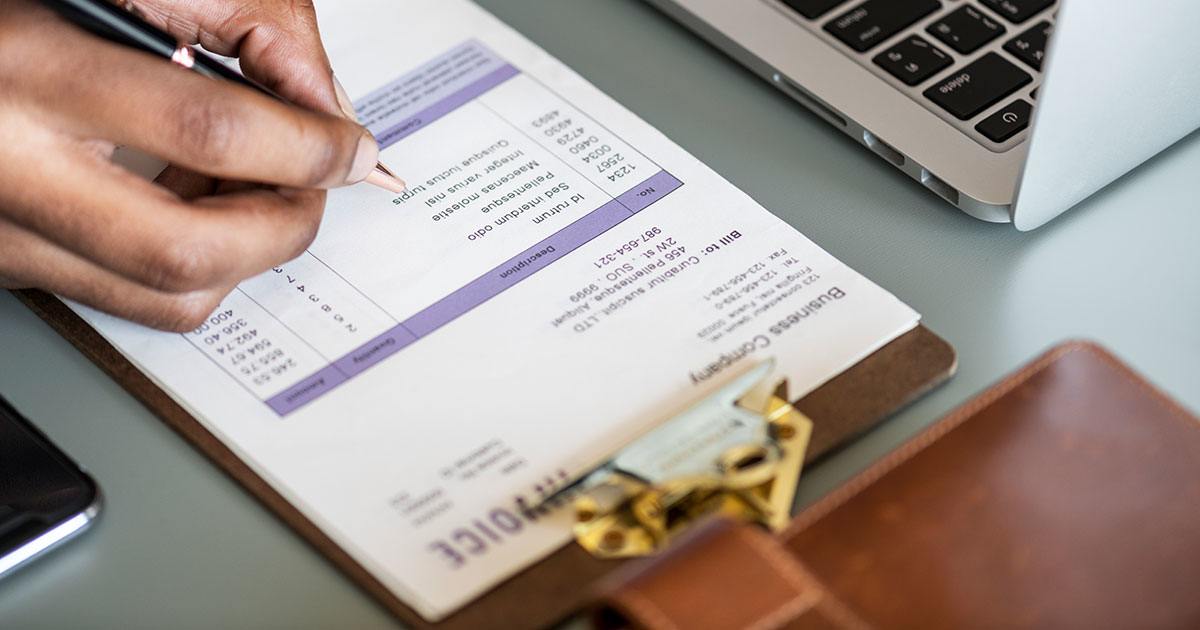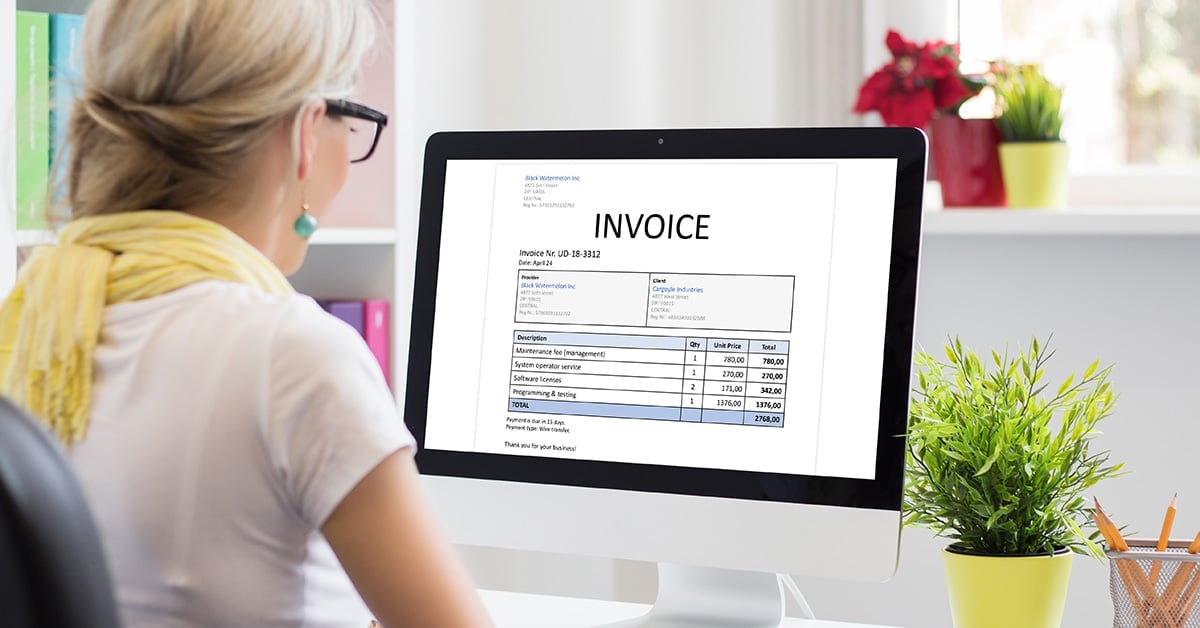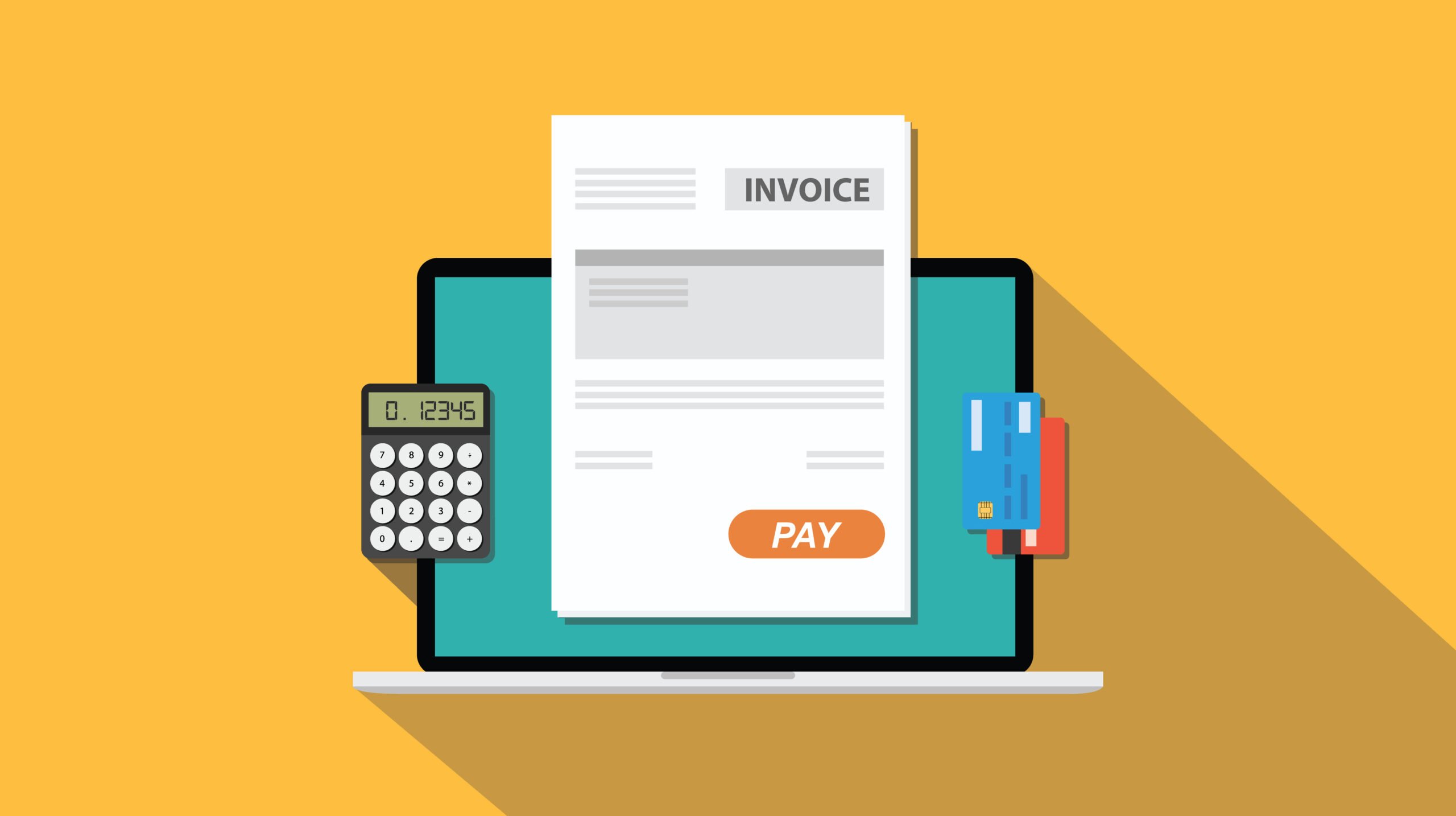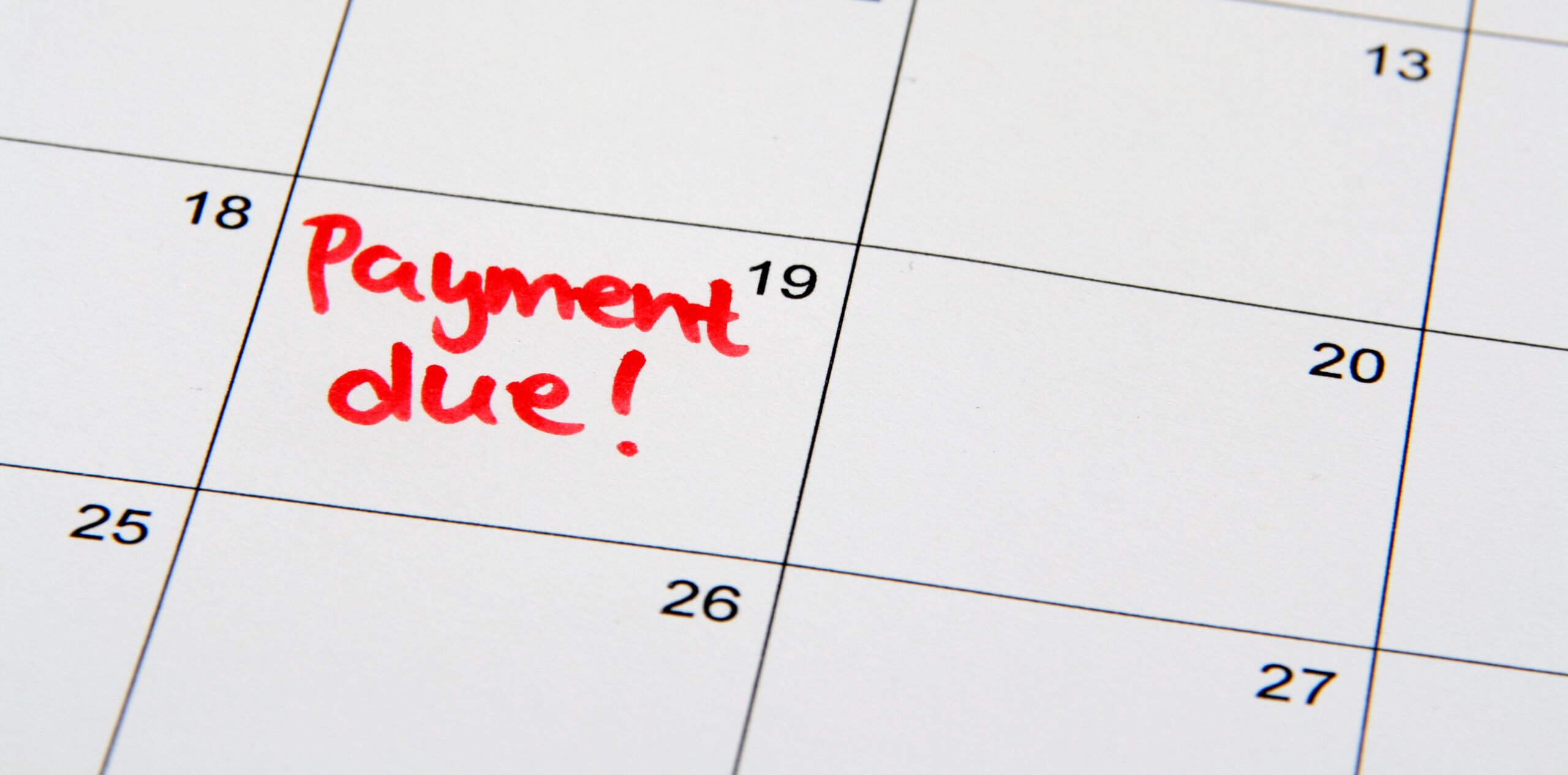What is Progress Invoicing and When Should You Use It?
July 12, 2023 by Invoice Simple

As your contracting business grows, so does the size of your projects. Instead of wrapping up in just a few days, projects can take weeks, months or even years to complete.
When these larger projects start to become your norm, your business is probably at a point where it has outgrown a bill-as-you-go system. In fact, getting paid for larger and longer projects altogether can be more difficult and confusing than what you’re used to.
So, how do you manage the billing process as your contracting projects continue to grow?
Progress invoicing.
If you’re new to the concept of progress invoicing—sometimes called progress billing—we can get you up to speed on everything you need to know.
In this article, we’ll go over what progress invoicing is, when it can be the right billing solution for your business, and how you can use it to improve your cash flow.
Let’s get started.
What Is a Progress Invoice?
A progress invoice is a method of invoicing that breaks a project fee into smaller increments. At certain project milestones, your customer pays a portion of the overall fee. In effect, they make multiple partial payments.
How are these milestones identified? It depends on your business and the project.
For example, if you do bathroom remodeling, the milestones could be demolition, framing, drywall and insulation, and other major component completion through finishing.
Or let’s say your company was hired for a new residential build project with a six-month timeline. Milestones for this project could be based on that timeline with a portion of the bill due when work begins, at the three-month mark, and at completion.
You and your customer will agree on a project timeline, the milestones, and how much they’ll pay at each increment. Many service providers also request a deposit from customers before work begins.
For a bathroom remodeling with a total project fee of $35,000 you might agree to six installments structured like this:
Payment breakout
10% first payment
20% second payment
20% third payment
20% fourth payment
20% fifth payment
10% sixth payment
100%
Milestone
Deposit
Demolition/framing/drywall
Rough plumbing/ electrical
Toilet/tub
Cabinetry/sink/vanity
Paint/trim/finishing
–
Invoice Amount
$3,500
$7,000
$7,000
$7,000
$7,000
$3,500
$35,000
Progress invoicing allows you to pay for materials, labor, and subcontractors as you go along.
Customers also benefit from this process because they don’t need to pay the whole project fee at once and they’re not required to pay until the milestones are reached.

How is progress invoicing different from other invoicing methods?
Progress invoicing provides a middle ground between writing a sales invoice for everything up front and waiting to bill until a project is completed.
Upfront billing means a customer pays in advance. In some cases, upfront billing is useful, like when you’re working with someone you don’t know or who has poor credit.
Billing upon completion of a project means you carry all the costs until the invoice is paid.
For short-term projects or projects that don’t require the purchase of materials and supplies, billing upon completion is common. However, for major, multi-stage projects, progress invoicing helps you maintain a healthy cash flow.
When Would You Use Progress Invoicing?
Progress invoicing is ideal for projects that are lengthy or require the purchase of expensive materials.
In addition to providing a framework for keeping cash coming in at pre-planned intervals, progress invoicing helps improve communication with customers.
By setting milestones and the payment schedule together, you both know what to expect. This helps build trust and avoid misunderstandings.
What industries commonly use progress invoicing?
Contractors in the construction industry—like general contractors, framers, drywallers, plumbers, electricians, painters, masons, welders, and finish carpenters—frequently use progress invoicing.
Professionals in the building trades aren’t the only ones who benefit from progress billing. Anyone who delivers high-value services like web development, interior design, or freelance services (like writing, photography, and art design) would be wise to use this type of invoicing.
Multiple partial invoices are also used by contractors for defense and aerospace manufacturing.
Need to create a progress invoice? Try our Invoice Generator.
Benefits of Using Progress Invoicing
Now that you know how progress invoicing works and who uses it, let’s look at the benefits of this billing system.
Better cash flow management
If you take on large projects and struggle with cash flow, progress invoicing can help improve your finances in three key ways.
First, getting an upfront deposit helps pay for materials.
The second way project invoicing helps you manage cash flow is that you know when incremental payment will come in. That way, you can plan work and order supplies in tandem with your cash flow.
Lastly, you’ll be alerted if a customer is having financial problems. If at any point they don’t make a payment as agreed, you can halt work until their account is up to date.
Better project management and tracking of expenses
Anyone who has been part of a project that went over on time and budget knows the value of effective project management.
With the built-in milestones of progress invoicing, you and your team know what must be done to get paid. This works as an incentive to keep work moving and completed on time.
Milestones also help you track expenses.
Complex projects typically involve many workers and many tasks. It’s easier to track and monitor expenses at each stage of the project rather than waiting to tally everything up at the end.
If the project starts exceeding the allotted time or budget, you’ll know earlier on.
Increased transparency and accountability
Writing your proposal with milestones and a schedule for progress invoicing helps you clearly identify the project’s scope when work gets done.
It also helps your customers monitor progress and shows them how you will be accountable for delivering what you promise.
Increased customer satisfaction
Here are several ways progress invoicing can help increase customer satisfaction:
- Multiple defined payments give customers financial flexibility and avoid surprise billing.
- Paying incrementally lowers financial risk for customers. They only pay when milestones are reached.
- Clearly defined milestones can reduce or minimize disputes because customers know what to expect.
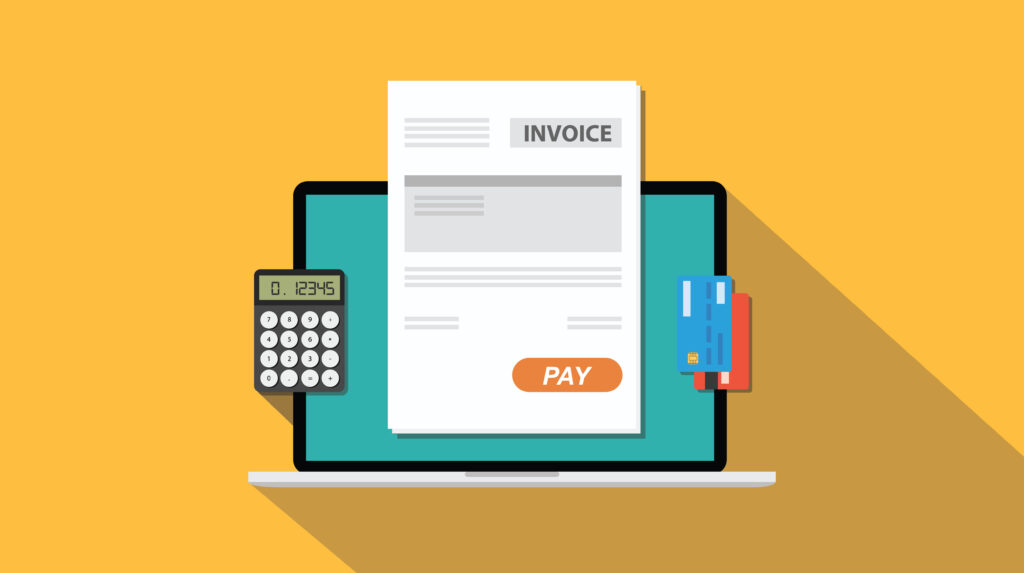
Steps to Use Progress Invoicing
When you use progress invoicing for the first time, it does require you to do some work in advance. But once you set it up for one customer, you’ll have a model you can follow for future projects.
Here’s how to get started:
- Identify project milestones. These will vary by industry and project. Creating a project estimate can help identify milestones.
- Determine how many payments you’ll require. The right number of milestone payments will depend on the cost and length of the project. Start by looking at the total project fee, then identify which milestones will trigger an invoice. From there, you can decide how you want to break up the payments by flat amounts or percentages of the total.
Need an easier way to get paid? Invoice Simple can help.
- Review your proposal with your client. They’ll either agree with your milestones and payment schedule, or they’ll negotiate changes. Modify the proposal if needed. Have the customer sign the final proposal.
- Invoice according to the payment schedule. An online invoice generator like Invoice Simple can streamline and automate this process.
What is Included in a Progress Invoice?
Progress invoices include everything you’d find on a standard invoice, plus the incremental billing details that correspond to the agreement with your customer.
While you can create an invoice from scratch, it’s simpler when you use an invoice template.
Here’s what to include on a progress invoice:
- Basic Information
- Contractor or business’s name, address, and contact information
- Client name and contact information
- Date of the invoice
- Invoice number
- Work Performed/Goods Delivered
- Description and pricing for products or materials used
- Any service or labor that has been performed
- List each item a separate line
- The Total
- The sum of all line items
- Applicable sales taxes (state and possible local)
- Progress Invoicing Details
- Original contract amount
- Total of progress billings to date
- Balance paid to date
- Percentage of work completed
- Remaining balance of project total
- Payment Information
- Payment due date
- Payment terms
- Methods customers can use to pay (cash, check, credit card)
Best Practices for Progress Invoicing
To maximize the effectiveness of progress invoicing, follow these best practices.
Break down the project into stages
The key to setting up progress invoicing is to break each project down to the stages. The completion of each stage is the milestone that triggers an invoice in the payment.
Look at the stages in relation to the overall project. This will help you determine what percentage of the project fee to bill at each stage.
Set payment terms
When you share the payment schedule with customers let them know about your payment terms.
This includes how many days they have to pay, if there is a discount for fast payment, and how late fees are calculated.
Establish clear and consistent communication
Always be clear with customers about what you’ll deliver and what it will cost. Regularly communicate with customers about project progress and upcoming payments.
If payments are late, get in touch with the customer right away. Use our free email templates for past due accounts to make this easy.
Automate invoices
Software or apps are valuable tools for automating invoices.
One of the best features of Invoice Simple is that you can turn estimates into invoices with a single click, simplifying the invoicing process and saving time.
Use a simple payment gateway
A payment processor is a third-party service that makes digital transactions possible. Depending on the provider, customers may be able to pay from their checking or savings account or with a debit or credit card.
(Learn more about accepting payments online or on your phone.)
Follow up
Following up with customers is an often-overlooked way of building your reputation and growing your business.
By talking with customers, you’ll discover what kind of experience they had with your business, why payments are late, what you can improve, and what folks like about what you do.
Follow-up conversations also keep you and your customer on the same page. You can talk about project process and gauge customer satisfaction.
If your follow-up conversation reveals any problems, you can address them before they become a major issue. You can also use follow-ups to mention when customers should expect the next progress invoice.
Sometimes the only time businesses follow up is when a payment hasn’t been made. Yet there are so many other reasons to touch base with customers after a job is complete, including to
- Show appreciation and thank customers for their business.
- Find out if they are satisfied and, if not, use the opportunity to turn the situation around.
- Ask for online reviews.
- Request referrals.
Are You Ready to Start Progress Invoicing?
If your work consists of lengthy, high-value projects, progress invoicing can help you manage project timing, customer expectations, expenses, and cash flow.
And the good news is that Invoice Simple makes it easy.
With our simple invoicing app, you can create progress invoices at home, in the office, on the job site, and on the go.
